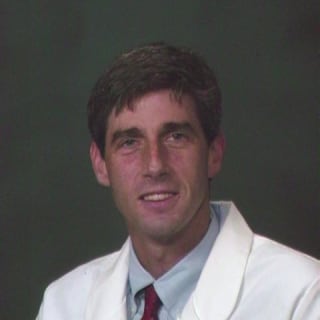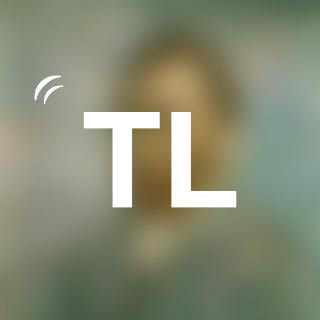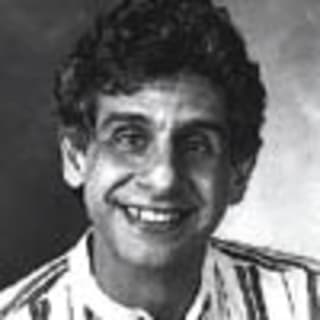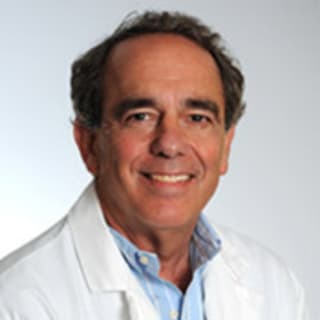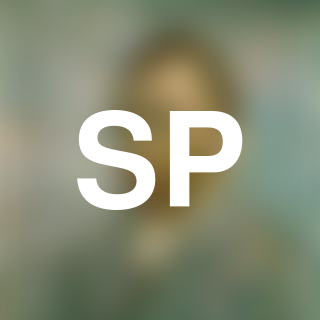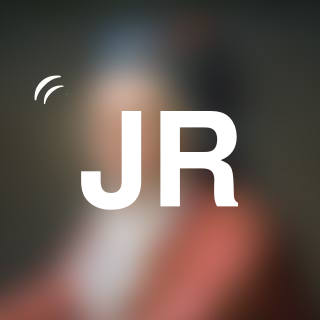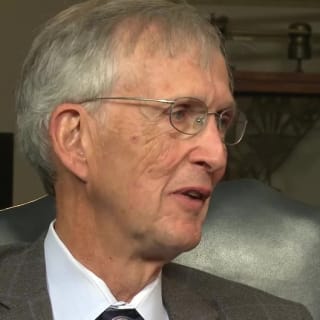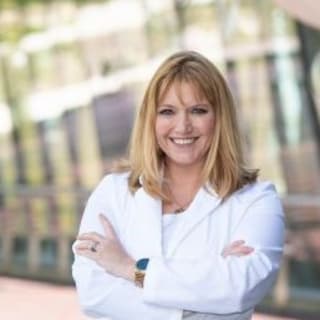
Join to View Full Profile
8000 5 Mile RdSte 305Cincinnati, OH 45230
Phone+1 513-735-1529
Fax+1 513-686-5620
Are you Dr. Hamilton?
Join over one million U.S. Physicians, Nurse Practitioners and PAs, already on Doximity.
- Gain access to free telehealth tools, such as our "call shielding" and one-way patient texting.
- Connect with colleagues in the same hospital or clinic.
- Read the latest clinical news, personalized to your specialty.
Summary
- Dr. Bruce Hamilton, MD is an infectious disease specialist in Cincinnati, Ohio. He is currently licensed to practice medicine in Ohio.
Education & Training
 University of Cincinnati Medical Center/College of MedicineFellowship, Infectious Disease, 1981 - 1983
University of Cincinnati Medical Center/College of MedicineFellowship, Infectious Disease, 1981 - 1983 Christ HospitalResidency, Internal Medicine, 1978 - 1981
Christ HospitalResidency, Internal Medicine, 1978 - 1981 University of Cincinnati College of MedicineClass of 1978
University of Cincinnati College of MedicineClass of 1978
Certifications & Licensure
 OH State Medical License 1978 - 2022
OH State Medical License 1978 - 2022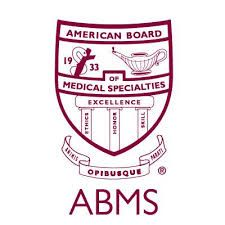 American Board of Internal Medicine Internal Medicine
American Board of Internal Medicine Internal Medicine American Board of Internal Medicine Infectious Disease
American Board of Internal Medicine Infectious Disease
Publications & Presentations
PubMed
- 1 citationsStrain-Dependent Modifier Genes Determine Survival in Zfp423 Mice.Wendy A. Alcaraz, Zheng Liu, Phoebe Valdes, Edward Chen, A. Gonzalez
G3. 2020-09-23 - 13 citationsTBR2 antagonizes retinoic acid dependent neuronal differentiation by repressing Zfp423 during corticogenesis.Luca Massimino, Lisbeth Flores-Garcia, Bruno Di Stefano, Gaia Colasante, Cecilia Icoresi-Mazzeo
Developmental Biology. 2018-02-15 - 397 citationsRegeneration of fat cells from myofibroblasts during wound healingMaksim V. Plikus, Christian F. Guerrero-Juarez, Mayumi Ito, Yun Li, Priya H. Dedhia
Science. 2017-02-17
Grant Support
- UC San Diego Genetics Training ProgramUNIVERSITY OF CALIFORNIA, SAN DIEGO2022–2027
- UC San Diego Genetics Training ProgramUNIVERSITY OF CALIFORNIA, SAN DIEGO2022–2027
- UC San Diego Genetics Training ProgramUNIVERSITY OF CALIFORNIA, SAN DIEGO2022–2027
- UC San Diego Genetics Training ProgramUNIVERSITY OF CALIFORNIA, SAN DIEGO2022–2027
- Zfp423 Mechanisms in Joubert Syndrome and Related DisordersUNIVERSITY OF CALIFORNIA, SAN DIEGO2017–2027
- Meander tail and development of the anterior lobe.UNIVERSITY OF CALIFORNIA, SAN DIEGO2024–2026
- In situ proteomics for brain using genetically encoded probes.UNIVERSITY OF CALIFORNIA, SAN DIEGO2022–2025
